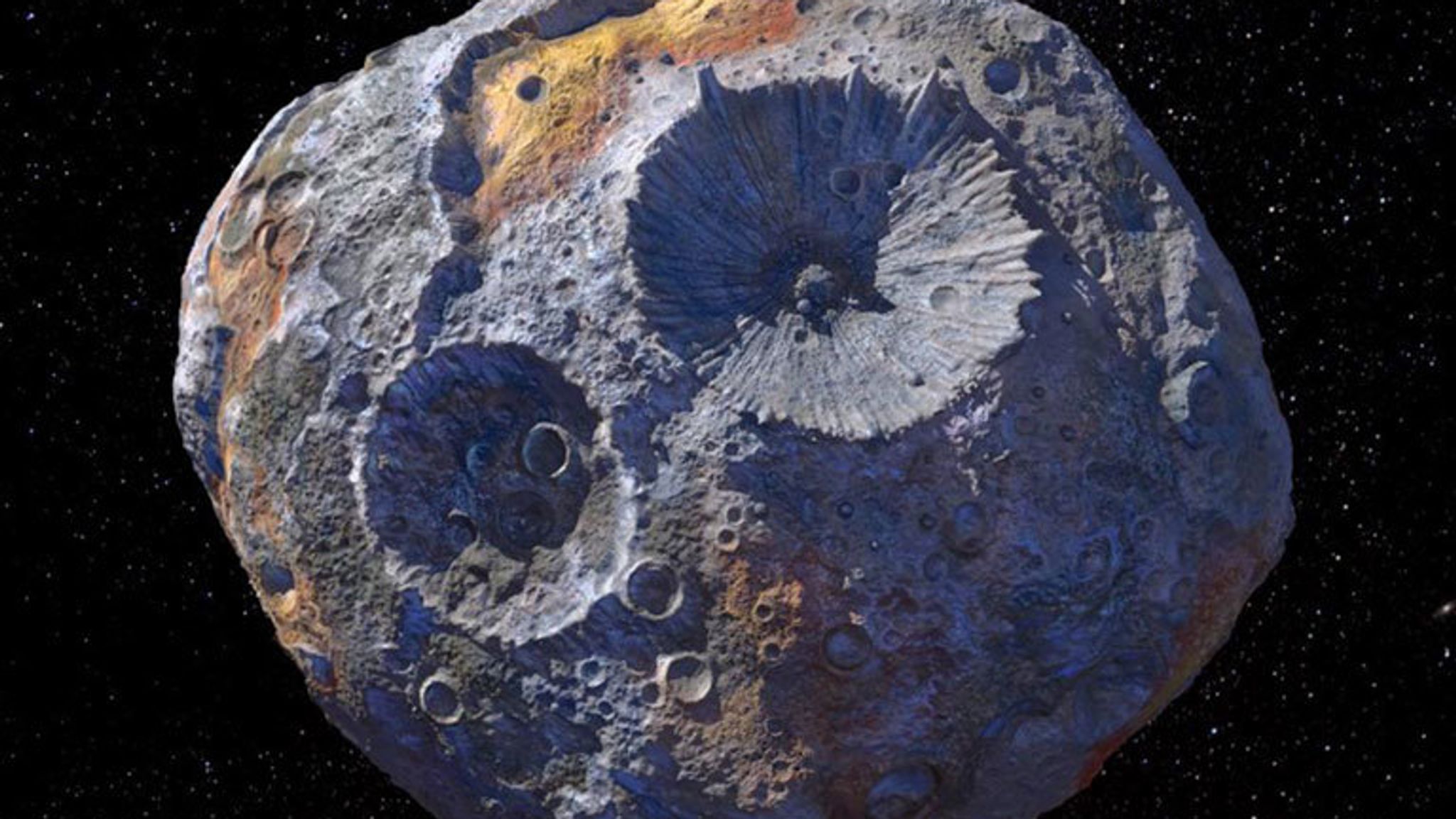Nasa asteroid exploration has captivated the imaginations of scientists and enthusiasts alike. As we delve into the realm of these cosmic giants, we uncover not only the mysteries of their origins but also their potential threats and benefits to Earth. This article aims to provide a comprehensive overview of NASA's efforts to study asteroids, including their significance, the technology utilized, and the implications for future space exploration.
Asteroids, often referred to as "minor planets," are remnants from the early solar system that can offer invaluable insights into its formation and evolution. NASA has undertaken numerous missions to explore these celestial bodies, employing cutting-edge technology and international collaboration to gain a deeper understanding of their composition and behavior. In this article, we will discuss the various aspects of NASA's asteroid missions, including notable missions, scientific findings, and future endeavors.
By understanding asteroids, we not only enhance our knowledge of the universe but also assess their potential impact on Earth. The threat of asteroid collisions has prompted NASA to develop strategies for planetary defense, ensuring the safety of our planet. Join us as we embark on a journey through the cosmos, exploring the fascinating world of asteroids and NASA's role in unraveling their secrets.
Table of Contents
- What are Asteroids?
- NASA's Asteroid Missions
- Notable Asteroid Missions
- Technology in Asteroid Exploration
- Planetary Defense Strategies
- Scientific Findings from Asteroid Missions
- The Future of Asteroid Exploration
- Conclusion
What are Asteroids?
Asteroids are small, rocky bodies that orbit the Sun, primarily found in the asteroid belt between Mars and Jupiter. They are remnants from the formation of the solar system over 4.6 billion years ago. Unlike planets, asteroids do not have atmospheres, and they can vary significantly in size, shape, and composition.
Key characteristics of asteroids include:
- Size: Asteroids can range from a few meters to hundreds of kilometers in diameter.
- Composition: They are composed of various materials, including metals, rock, and ice.
- Types: Asteroids are classified into different types based on their composition, such as C-type (carbonaceous), S-type (silicaceous), and M-type (metallic).
NASA's Asteroid Missions
NASA has launched several missions to study asteroids, each contributing to our understanding of these celestial bodies. The agency's approach combines robotic spacecraft, advanced technologies, and international collaboration to explore and analyze asteroids.
Some key aspects of NASA's asteroid missions include:
- Robotic spacecraft designed for close encounters with asteroids.
- Sample return missions to collect and analyze asteroid materials.
- Collaboration with international space agencies to share data and resources.
Notable Asteroid Missions
Several significant missions led by NASA have enhanced our knowledge of asteroids:
1. NEAR Shoemaker
Launched in 1996, NEAR Shoemaker was the first spacecraft to orbit and land on an asteroid. It studied the asteroid Eros and provided valuable data on its surface and composition.
2. Dawn Mission
The Dawn mission, launched in 2007, explored two of the largest asteroids in the asteroid belt: Vesta and Ceres. It provided insights into the early solar system and the formation of planetary bodies.
3. OSIRIS-REx
Launched in 2016, OSIRIS-REx visited the near-Earth asteroid Bennu, collecting samples and returning them to Earth in 2023. This mission aims to provide clues about the building blocks of life.
Technology in Asteroid Exploration
NASA employs cutting-edge technology to explore and study asteroids effectively. Some of the technological advancements include:
- High-resolution imaging systems for detailed surface analysis.
- Spectrometers to analyze the composition of asteroid materials.
- Advanced propulsion systems for efficient travel to distant asteroids.
Planetary Defense Strategies
NASA is actively engaged in planetary defense, which involves identifying and mitigating potential threats posed by asteroids. Key strategies include:
- Tracking and monitoring near-Earth asteroids to assess their trajectories.
- Developing technologies to deflect asteroids that pose a threat to Earth.
- Conducting simulations and modeling to predict the outcomes of potential asteroid impacts.
Scientific Findings from Asteroid Missions
The missions conducted by NASA have yielded numerous scientific findings that enhance our understanding of asteroids:
- Insights into the composition and structure of asteroids.
- Clues about the early solar system and the formation of planets.
- Understanding the potential resources available on asteroids for future space exploration.
The Future of Asteroid Exploration
As technology continues to advance, NASA's plans for future asteroid exploration are ambitious:
- Further sample return missions to gather more data from diverse asteroid types.
- Investigating potential mining opportunities for resources such as water and metals.
- Enhancing planetary defense measures through innovative techniques.
Conclusion
Nasa asteroid exploration plays a crucial role in understanding our solar system and ensuring the safety of our planet. Through various missions, NASA has gathered invaluable data about these celestial bodies, paving the way for future exploration and potential resource utilization. As we continue to unravel the mysteries of asteroids, we invite readers to engage with this fascinating topic, share their thoughts, and explore more about NASA's initiatives in space exploration.
Understanding The Impact Of Sketch Streamer Leaks: Insights And Analysis
RockPaperShotgun: Your Ultimate Guide To PC Gaming News And Reviews
Hailey Hitch: The Rising Star In The World Of Entertainment


